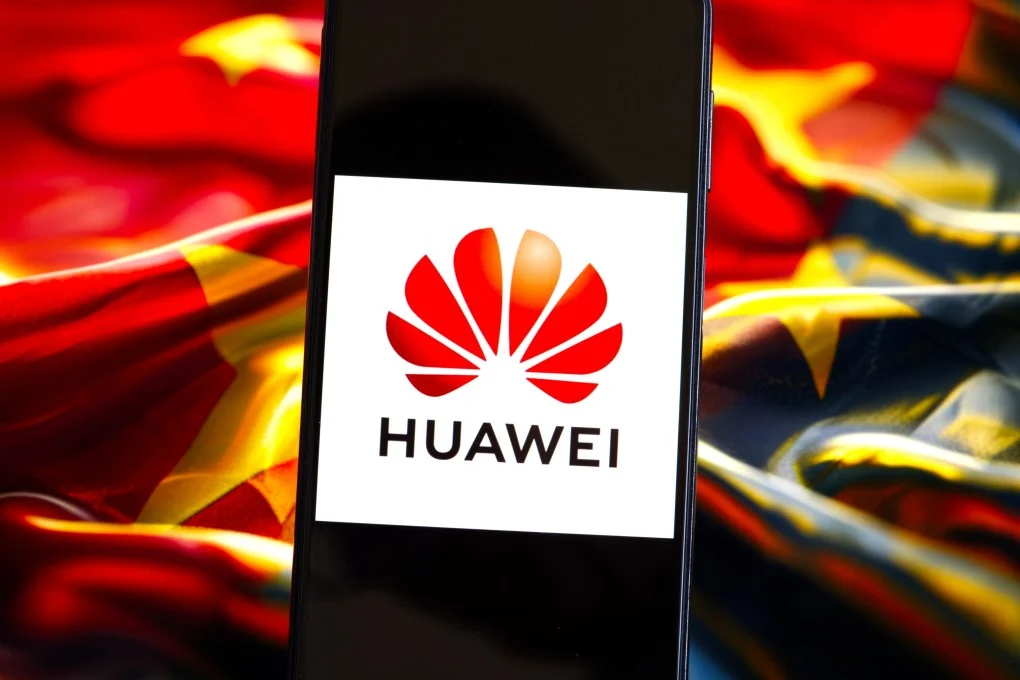Huawei posted a notable 4% year-on-year increase in first-half 2025 revenue, reaching 427 billion yuan (around $59.9 billion)—its highest H1 revenue since 2020. Building on this momentum and bolstered by expanding 5G smartphone sales, Huawei has set an ambitious goal: to exceed $126 billion in total revenue for all of 2025
R&D Investments Cripple Profit, Fuel Self-Reliance
Despite top-line growth, Huawei’s net profit plummeted 32% to 37 billion yuan ($5.17 billion) for H1 2025, primarily due to aggressive R&D spending Reuters. The company poured 96.9 billion yuan (~$13.6 billion) into research and development—accounting for nearly 22.7% of its H1 revenue. This heavy investment aims to reduce reliance on foreign tech and strengthen Huawei’s control over chip production and software ecosystems.
What’s Driving the H2 Ambition
Huawei attributes its growth and resilience to:
- Domestic demand for 5G chip-powered smartphones, led by the latest Mate 60 and Pura series
- Expansion in self-developed chip lines: Kirin (phones), Kunpeng (data centers), and Ascend (AI)
- Building a homegrown software ecosystem—spanning operating systems, databases, and AI infrastructure—to reduce dependence on external tech
Summary Table
| Metric | First Half 2025 | 2025 Target |
|---|---|---|
| Revenue | 427 billion yuan (~$60B) | > $126 billion |
| Revenue Growth | +4% YoY | — |
| Net Profit | 37 billion yuan (~$5.17B) | — |
| R&D Spend | 96.9 billion yuan (~22.7%)** | Likely to increase |
Why It Matters
Huawei’s results underline a bold strategy: prioritizing technological self-reliance over near-term profitability. By reinvesting heavily into R&D and chip development, the company appears determined to build autonomy in the face of U.S. trade restrictions. If Huawei meets its over-$126 billion revenue goal, it would mark a remarkable rebound—and a clear signal of China’s rising tech independence.



